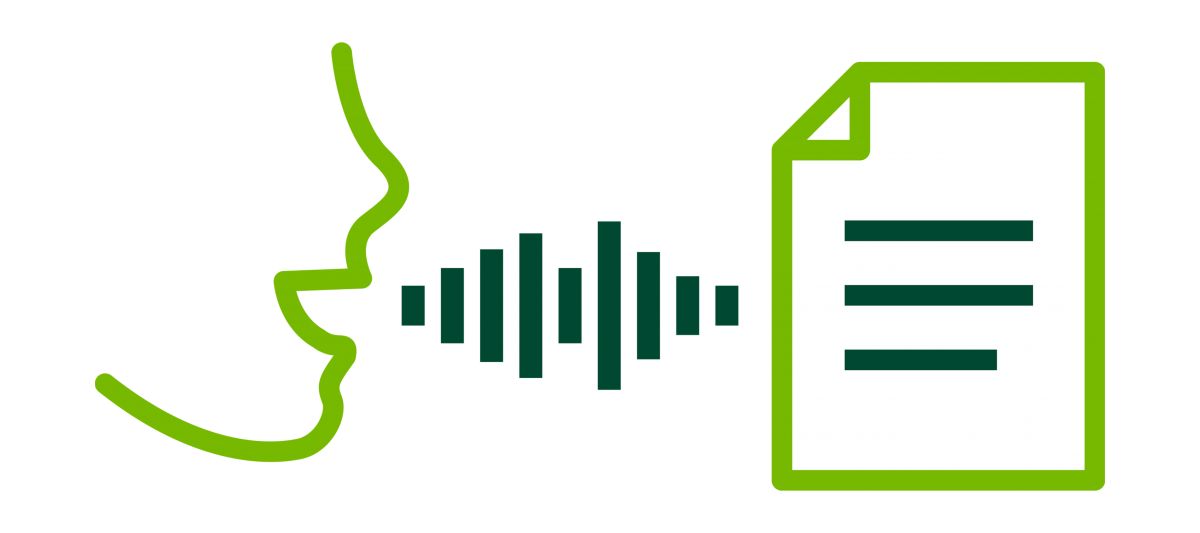Installing And Deploying OpenAI Whisper
You have 2 options if you want to install and deploy Whisper for the moment. The first one is to use OpenAI's whisper Python library, and the second one is to use the Hugging Face Transformers implementation of Whisper. Let's explore both solutions.
Using the whisper Python lib
This solution is the simplest one. You basically need to follow OpenAI's instructions on the Github repository of the Whisper project.
First install the whisper Python lib:
pip install git+https://github.com/openai/whisper.git
Then install ffmpeg on your system if it is not the case yet:
# on Ubuntu or Debian
sudo apt update && sudo apt install ffmpeg
# on Arch Linux
sudo pacman -S ffmpeg
# on MacOS using Homebrew (https://brew.sh/)
brew install ffmpeg
# on Windows using Chocolatey (https://chocolatey.org/)
choco install ffmpeg
# on Windows using Scoop (https://scoop.sh/)
scoop install ffmpeg
Several flavors of Whisper are available: tiny, base, small, medium, and large. Of course the bigger the better, so if you are looking for state of the art results we recommend the large version. Here is a very simply Python script that opens an mp3 audio file stored on your disk, automatically detects the input language, and transcribes it:
import whisper
model = whisper.load_model("large")
result = model.transcribe("audio.mp3")
print(result["text"])
Simple isn't it?
Using the Hugging Face implementation
In order to use Hugging Face's implementation of Whisper you will first need to install HF Transfomers, librosa, and Pytorch:
pip install transformers
pip install librosa
pip install torch
You also need to install ffmpeg (see above).
Now, here is a Python script that does transcription in English:
from transformers import WhisperProcessor, WhisperForConditionalGeneration
import librosa
speech, _ = librosa.load("audio.mp3")
processor = WhisperProcessor.from_pretrained("openai/whisper-large")
model = WhisperForConditionalGeneration.from_pretrained("openai/whisper-large")
model.config.forced_decoder_ids = processor.get_decoder_prompt_ids(language = "en", task = "transcribe")
input_features = processor(speech, return_tensors="pt").input_features
predicted_ids = model.generate(input_features)
transcription = processor.batch_decode(predicted_ids)
print(processor.batch_decode(predicted_ids, skip_special_tokens = True))
There are 2 limitations with this Hugging Face implementation. First you need to manually set the source language (no automatic input language detection is implemented yet). And secondly no automatic chunking is applied, which means that you cannot transcribe content that is larger than 30 seconds...
Maybe these limitations will be solved in future releases?
A nice thing though is that there is a Tensorflow implementation available too, which means that you can use XLA compilation and get much faster response times.
